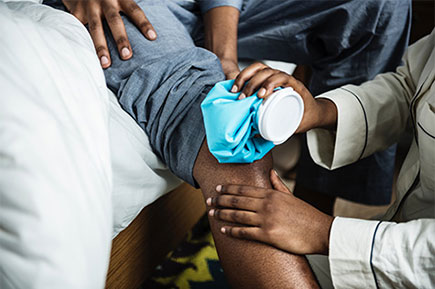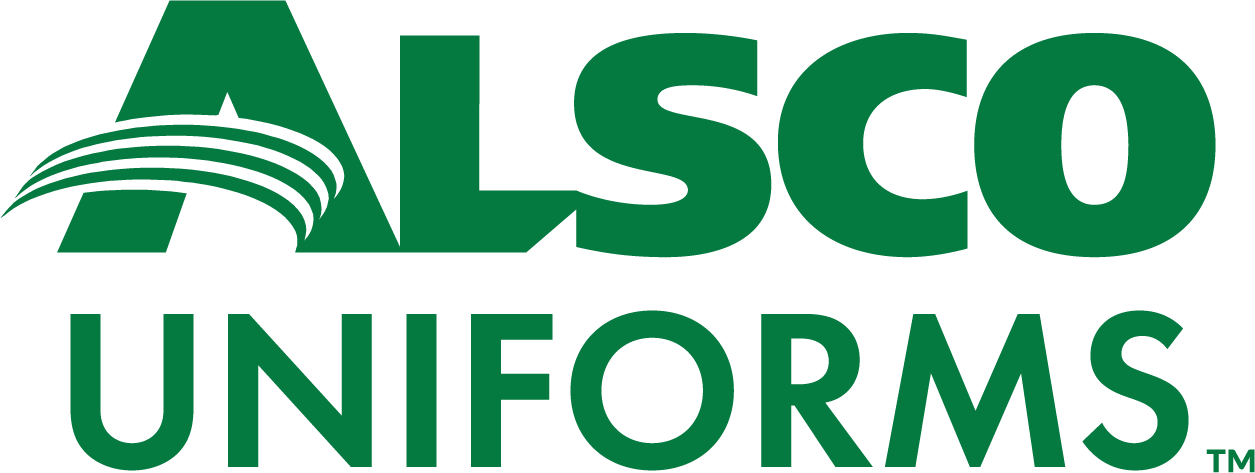
According to statistics gathered by the Save a Life (SAL) Initiative, 2,300 Singaporeans suffer from cardiac arrest annually and only 3% of these patients survive.
Those who survive do so because there was a First-Aid and CPR-trained responder nearby who acted within just a few minutes of the victim going into cardiac arrest.
Singapore Red Cross knows first-hand that adequate First-Aid training is crucial for saving lives in school, work and everywhere else in between. They point to the fact that there is a 60% survival rate with early CPR and administration of AED (Automatic External Defibrillator).
So What Exactly is First-Aid?
First-aid is the immediate treatment or care that is given to anyone with illness or injury, from serious injuries such as cardiac arrest, electric shock or broken bones to less serious injuries such as minor burns, cuts or sprains. First-aid is administered until further assistance is provided by medical professionals (such as paramedics) or until the patient’s condition improves.
The main aims of First-Aid, in the workplace or otherwise, are universal:
Mitigate Serious Injury or Illness
One of the main aims of First-Aid is to mitigate serious injury or illness. This means that a trained responder is able to prevent an injury or illness from worsening by administering First-Aid on the patient.
Having trained responders in the workplace or school is vital, as is keeping updated medical records of all staff members (and students). Every workplace should be able to quickly access the records of those with chronic illnesses, allergies and other conditions in the event of a life-threatening emergency.
Increase Their Chance of Survival
There is a 60% chance of recovery if First-Aid is administered quickly, especially to a cardiac arrest patient within the first few minutes. It takes only four minutes for brain damage to occur if it’s not getting oxygen. So the first priority of First-Aid is to increase the patient’s chances of survival as you wait for medics to arrive.
Reassure and Stabilise Affected People in an Emergency
Another main aim of First-Aid is to ensure that the victim or those around the scene of an accident are kept calm. A responder will make sure that the victim is well taken care of as medical professionals make their way to the scene. A First-Aider should also be on the lookout for anyone who may be in shock or is indirectly affected by the incident to prevent further injuries or emergencies.
What Does the Law Say About First-Aid?
In Singapore, the Workplace Safety and Health Act 2006 stipulates that regulations be put in place regarding First-Aid. These regulations must be applied in factories, airports, ships, and laboratories, among other forms of workplaces.
The Act also states that employers must ensure a safer workplace by:
- Providing and maintain First-Aid boxes or kits
- Appointing and training First-Aid responders
- Providing and maintaining a suitable First-Aid room (500+ employees)
- Providing body drenching and eye cleaning facilities wherever employees work with corrosive chemicals
Key Elements of a First-Aid Compliant Workplace
Well-trained First-Aiders: First-Aiders must be adequately trained to handle emergency cases. The WSH regulations guide employers to select First-Aiders who have been well-trained in a Ministry of Manpower accredited organisation. In addition, First-Aiders must be fit and healthy, mature, able to stay calm in an emergency and be able to immediately and safely suspend their work duties to handle emergencies.
The training modules available include:
- Life Support Course
- Child First-Aid
- Adult First-Aid
- Higher First-Aid Course
- Occupational First-Aid Course (Most important course for the workplace)
A standard Occupational First-Aid course offers CPR and AED training. It equips the trainee with the skills to identify an emergency, handle emergency cases as well as promote health and wellness in the workplace. The courses run for an average of 20 hours. The successful trainee will be awarded a First-Aider Certificate valid for 3 years, after which a refresher course must be taken before renewal.
Fully Equipped First-Aid Kits and First-Aid Rooms: According to the WSH Act, employers must provide and maintain first-aid boxes as well as a first-aid room (for 500+ employees). It’s important for an organisation to follow all regulations when it comes to the provision of these kits.
Alsco’s convenient and affordable First-Aid kit rental service provides quality kits all year round and keeps them well-stocked for a single low fee. Contact Alsco today for an obligation-free quote.
The regulations also stipulate how many pieces of each item is required for the number of staff. There should be at least one First-Aid box on each floor and at least one box per 25 employees.
Ratio Of Employees To First-Aid Boxes
| No. of employees | No. and type of first-aid boxes |
|---|---|
| Less than 25 employees | at least one Box A |
| every 50 employees | at least one Box B |
| every 100 employees | at least one Box C |
A well-equipped First-Aid kit must have the following:
- 5cm and 10cm crepe bandages
- Individually-wrapped adhesive dressings
- Hypoallergenic tape
- Eye pads and eye patches
- Safety pins
- Scissors
- Saline water (where clean tap water is unavailable)
- Disposable gloves
- Resuscitation mask
- Torch
- Absorbent gauze
Where an organisation has a First-Aid room, it must also be well-lit and ventilated to ensure favourable conditions for both responders and patients.
A proper First-Aid room must have:
- A well-stocked First-Aid kit
- Running water
- Record-keeping facilities
- Smooth working surfaces
- Disposable paper towels
- Stretchers
- Splints
- Adequate storage for equipment
- Soap and nail brush
- Clinical thermometer
- Couch with blankets and cushions/pillows
- Clinical waste refuse container and adequate waste paper bags
How to Appoint First-Aiders in the Workplace
- The ratio of First-Aiders should be proportionate to the number of employees. For example, in quarries, construction sites, shipyards and woodworking factories, there must be at least one First-Aider for every 100 employees. In the case of all other factories and workplaces, employees must have at least one First-Aider for 150 people.
Number to Be Appointed
Ratio Of First-Aiders To The Number Of Employees
Type of workplace No. of employees No. of first-aiders Quarries, construction sites, shipyards, petroleum refineries, woodworking factories 26 – 100 one More than 100 one for every 100 persons employed or less All other factories and workplaces covered under the Regulations 26 – 150 one More than 150 one for every 150 persons employed or less - If an organisation uses a shift system, there must be First-Aiders present for each shift. The main reason for this is because accidents can happen at any time, and there must be a responder in the building to handle the emergency.
- First-Aiders must know their main roles as responders. They are there to handle emergencies from the time of occurrence to the time a professional medic arrives at the scene. A First-Aider is in charge of maintaining emergency records after each emergency situation. Finally, a First-Aider is in charge of maintaining the First-Aid kits and rooms.
- A First-Aider can also advocate for clear signage throughout the building, showing workplace safety guidelines that can help save lives in case of an emergency. Get started by downloading a range of eye-catching free printable Workplace Safety Posters today.
[b3_row class=”poster-tile”] [b3_column lg=”3″ md=”12″ sm=”12″ xs=”12″ ] [/b3_column] [b3_column lg=”3″ md=”12″ sm=”12″ xs=”12″ ] [/b3_column] [b3_column lg=”3″ md=”12″ sm=”12″ xs=”12″ ] [/b3_column] [b3_column lg=”3″ md=”12″ sm=”12″ xs=”12″ ] [/b3_column] [/b3_row]
Photo courtesy of Pexels by @rawpixel.com





